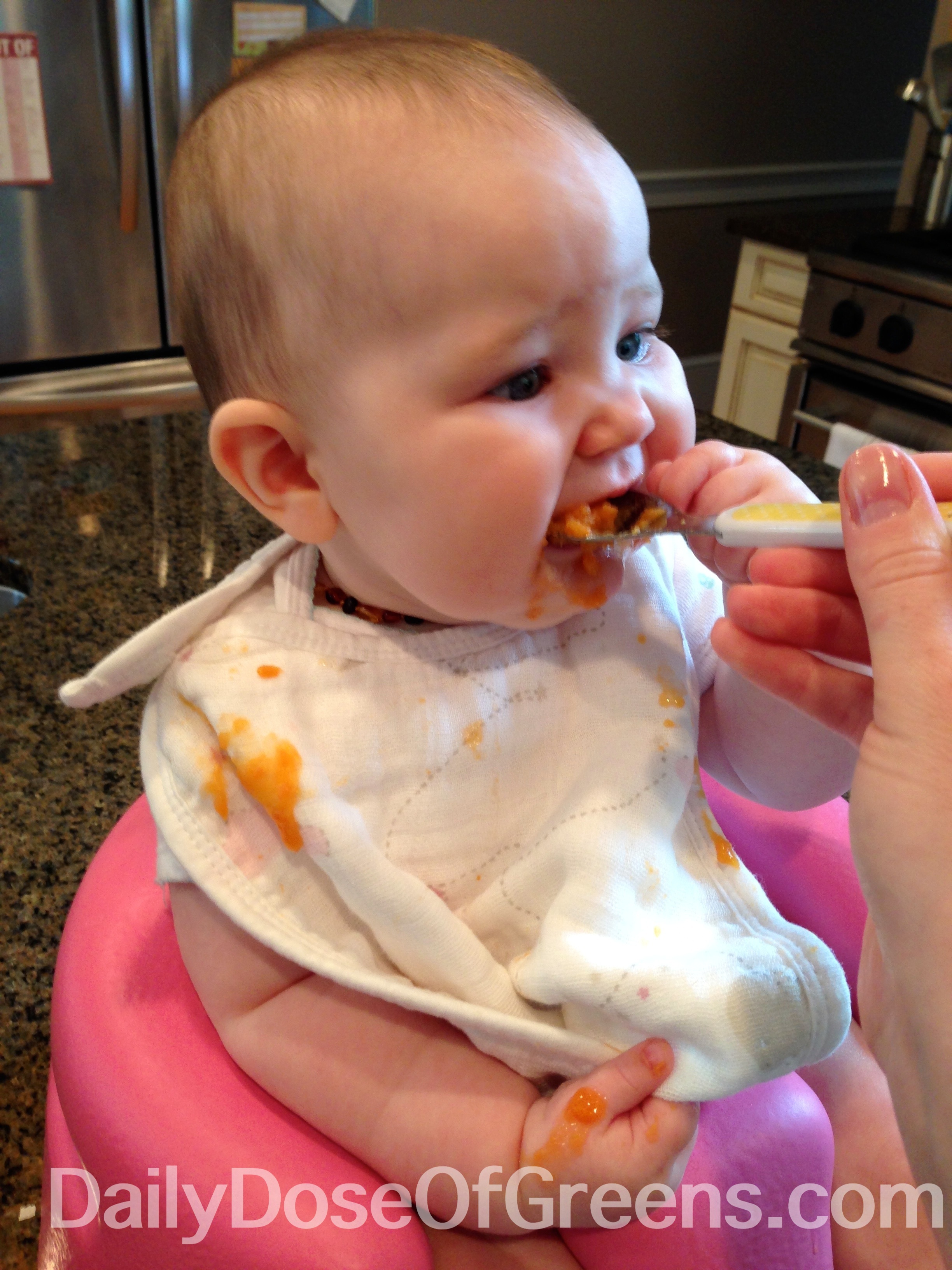You may have seen the USDA’s nutrition guide that replaced MyPyramid in 2012. The purpose of MyPlate is to show the American public how to fill their plates to create a nutritionally balanced meal. The required food groups include fruit, vegetables, grains, protein, and dairy. It seems like a fairly reasonable guide, but isn’t the primary role of the USDA to protect agribusiness in America, not the health of the public?
Plenty of studies indicate that the standard American diet (SAD) is too high in saturated fat, cholesterol, and protein — all of which are found in animal products. But you will never hear the USDA tell Americans to drastically reduce their meat or dairy consumption. Why? Because money is a powerful motivator, and the meat and dairy industries have extremely influential lobbyists. These industries are so controlling that they are major sponsors of the Academy of Nutrition and Dietetics, the organization involved in determining which nutrition research is released to the public. This is why it is important to examine nutrition studies with a critical eye. Always look to see who is sponsoring the research before accepting the results as fact.
The DDG Plate
If I were asked to design a plate guide, mine would look fairly different from the USDA version. First, I would get rid of the glass of milk and replace it with water. More and more studies are coming out to indicate that milk is detrimental to health rather than beneficial (I could go on and on about this!). Don’t worry, you can get plenty of calcium from plant sources.
Secondly, I would design it so that half of the plate contained a colorful salad (with nuts/seeds), green vegetables, and colorful vegetables. Fruit would be in a small bowl separate from the plate. The other half of the plate would be divided between legumes/quinoa/other plant protein sources and a small portion of whole grains.
An emphasis really needs to be made for including dark green vegetables in your diet. They are the highest in nutrients per calorie and should be part of every meal.
Tips for Meal Planning
- Eat at least one large salad every day. Make it as colorful as possible, top it with seeds/nuts, and avoid oil-based dressings (try flavored vinegars or citrus juice).
- Begin meals with a small salad. This way you fill up on the nutrient-dense foods before starting on the calorie-dense items.
- Because certain nutrients are represented by different colors (orange = carotenoids, red/purple = anthocyanins, etc.), try to have every color on your plate. If your whole plate is shades of brown, you are not getting enough phytonutrients (plant nutrients that help prevent cancer and other diseases).
- Good sources of plant protein include soy, legumes, nuts, and quinoa, but all plants contain protein. If you eat a varied diet, you’re probably getting all of the essential amino acids.
- If you realize you don’t have any grains or fruit on your plate, don’t worry. You don’t really need to eat grains and fruit with every meal. A variety of vegetables is more important.
- Water is always your best beverage option. If you don’t enjoy drinking water during the day, try flavoring it by adding pieces of fruit (for example, add strawberries, cucumber, and fresh mint leaves).
This is just a very basic guide. I will go into more detail in future posts, but this is a good starting point. Remember to try new foods, enjoy what you eat, and take care of yourself and your families.






Leave a Reply